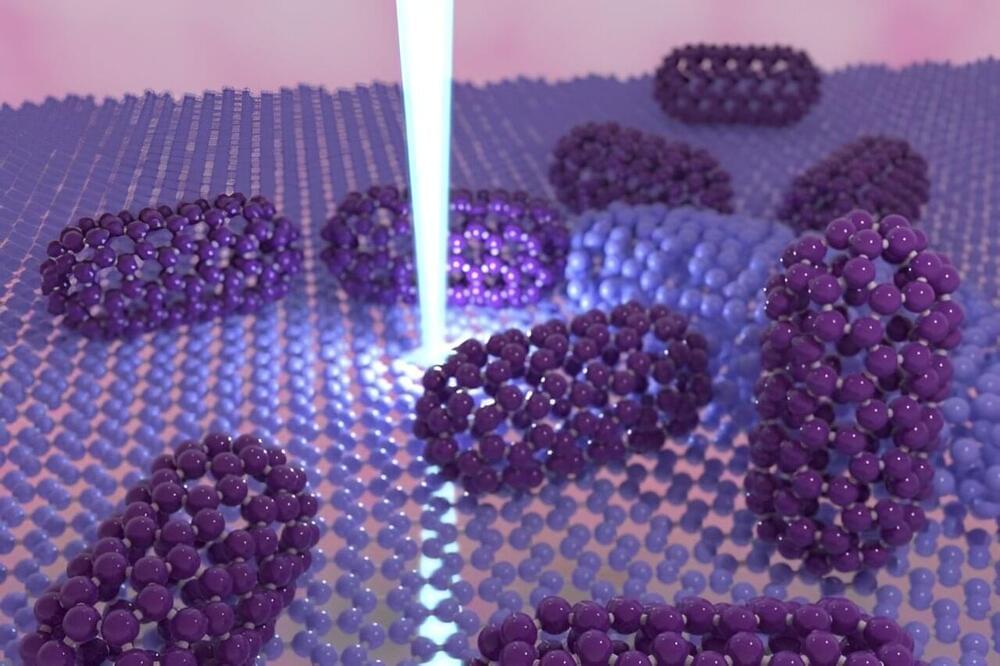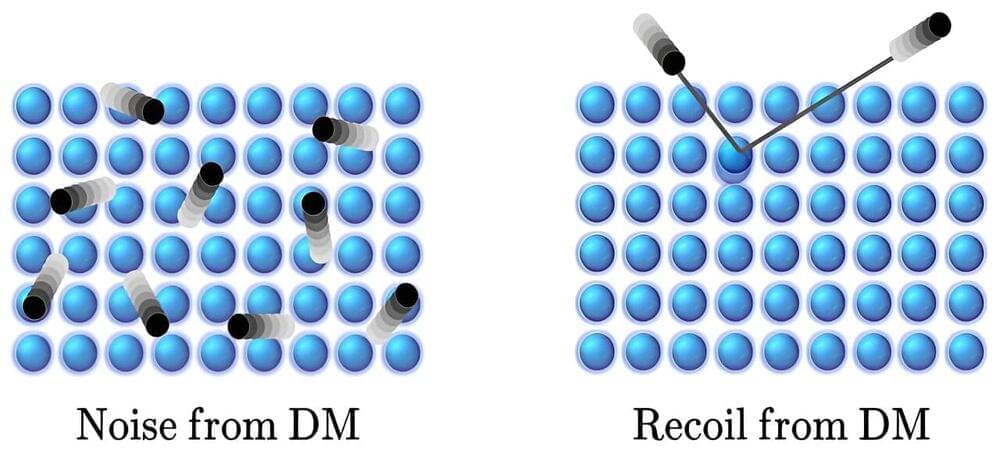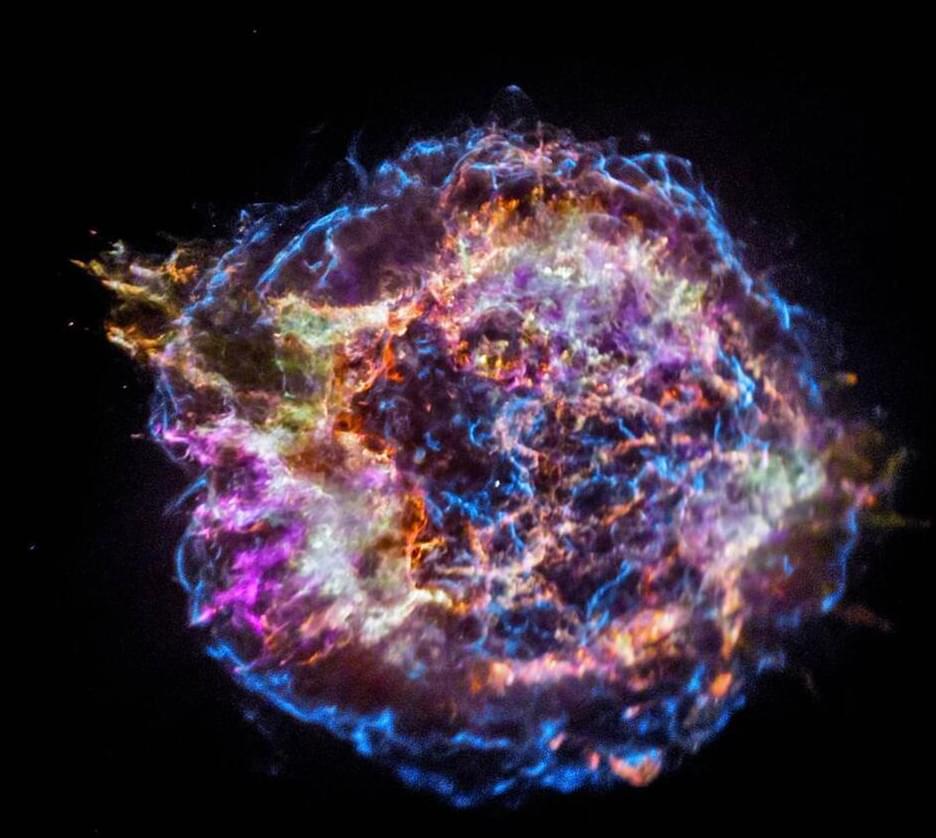To understand the relationship between the science fiction genre and the Many-Worlds Interpretation, let’s turn to two men – a scientist and a writer. The scientist is Hugh Everett III (1930−1982), a physicist who developed the notion of parallel universes based on an original interpretation of quantum mechanics. He proposed that a pre-formulated theory should be the basis of scientific measurement, quite the opposite of the traditional scientific process in which measurement preceded and determined the theory. But quantum particles do not behave normally, so quantum phenomena and their atomic dynamics cannot be measured by the Newtonian mechanics traditionally applied to the universe.
When Hugh Everett published “Relative State Formulation of Quantum Mechanics” in the Reviews of Modern Physics scientific journal (Volume 29, Issue 3, July — September 1957), his theory that there are many worlds existing in parallel at the same space and time as our own sounded like fantasy fiction to a skeptical scientific world.
While scientists scoffed for more than a decade after Everett published his theory, someone else entered the scene. His name was Philip K. Dick, a scruffy beatnik writer who tramped around Berkeley (California) looking for ways to describe this alternative reality – the one hiding behind our visible reality.








